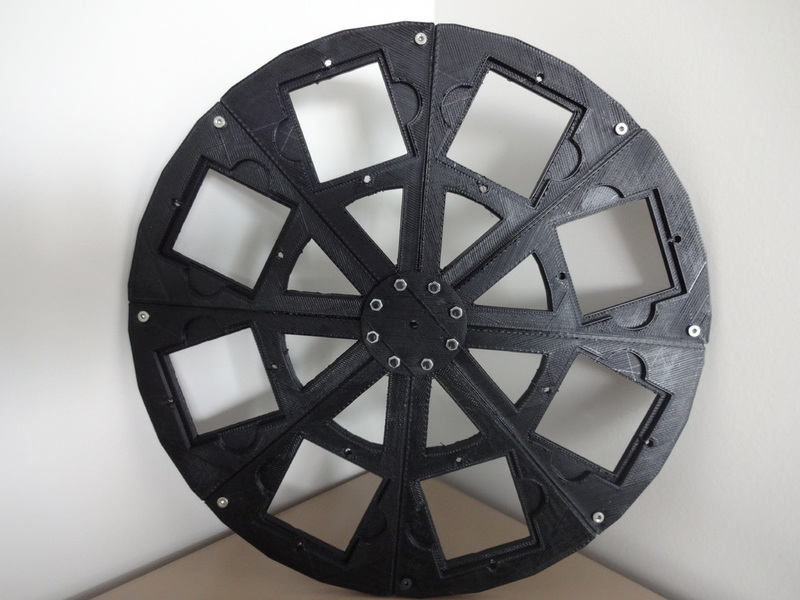Building DIY research equipment
September 14, 2012
The open-source paradigm is now enabling creation of open-source scientific hardware by combining three-dimensional (3D) printing with open-source microcontrollers running on free and open-source software (FOSS), says Michigan Technological University scientist Joshua M. Pearce in the current issue of Science.
A key enabling open-source hardware project is the Arduino electronic prototyping platform. The $20 to $30 Arduino is a versatile yet easy-to-learn microcontroller that can run a number of associated scientific instruments, including Arduino Geiger (radiation detector), pHduino (pH meter), Xoscillo (oscilloscope), and OpenPCR (DNA analysis).
However, Arduino’s most impressive enabling application
is 3D printing. The most popular fabrication tool is the <$1000 RepRap printer, which can fabricate about 50% of its own parts.
Scientists with access to RepRaps have found many examples where it is less expensive to design and print research tools rather than buy them. A number of simple designs are flourishing in Thingiverse, a free and
open repository for digital designs of physical objects.
For example, it is now possible to make a <$50 customizable automated filter wheel that replaces $2500 commercial versions.
